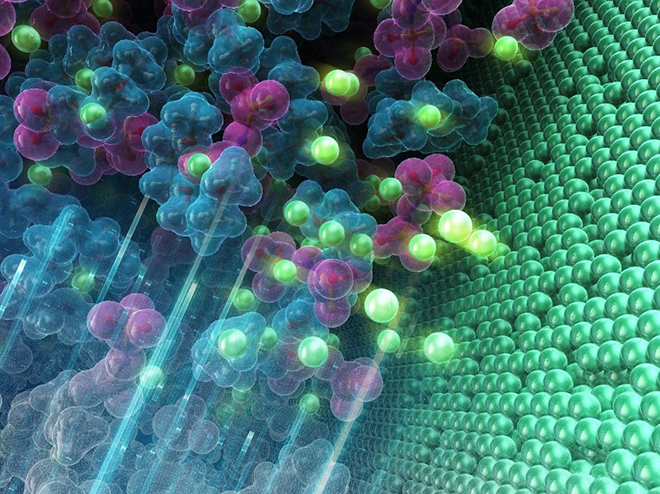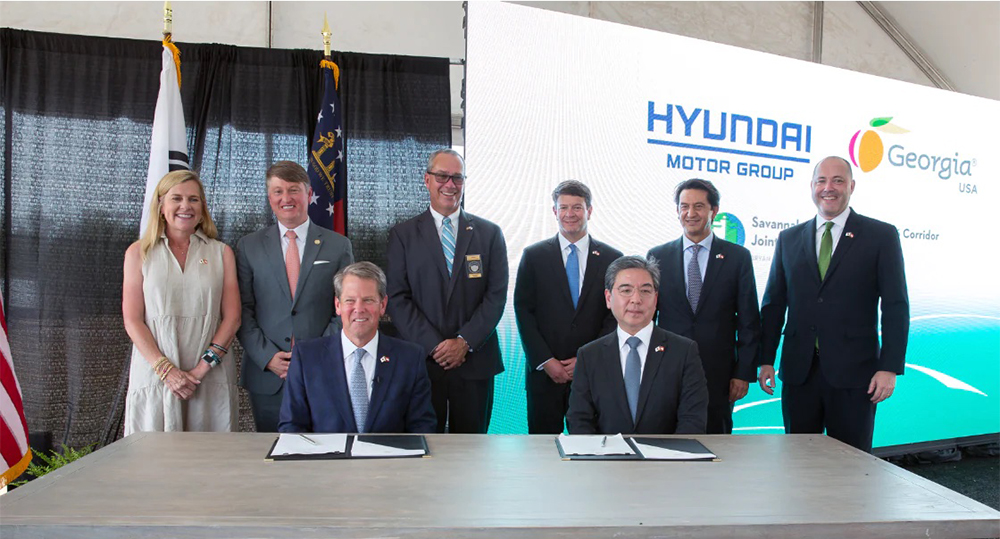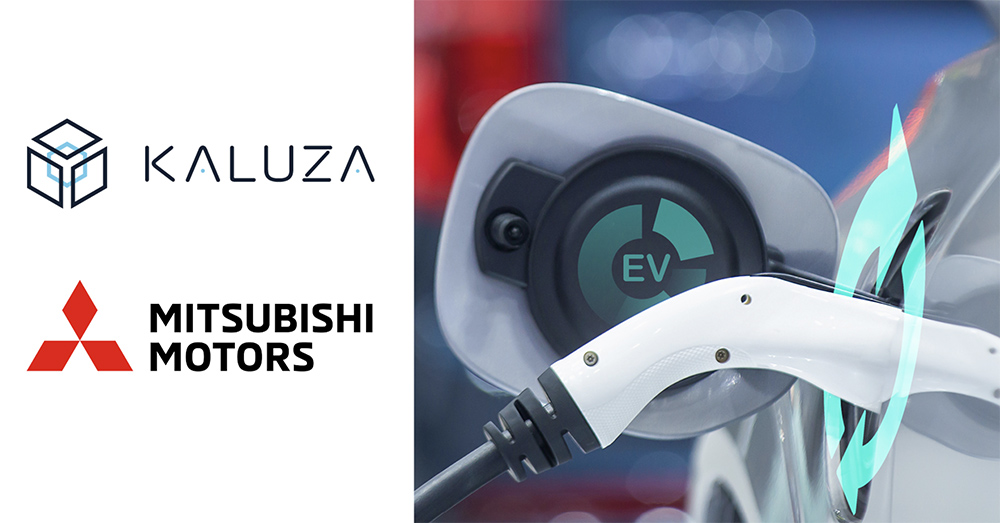[ad_1]
A team of researchers working in collaboration with the Nagoya Institute of Technology has discovered a new mechanism to stabilize the lithium metal electrode and electrolyte in lithium metal batteries. The researchers say the new mechanism, which does not depend on the traditional kinetic approach, has the potential to enhance the energy density of batteries.
Lithium metal batteries represent a promising technology that has the potential to deliver high energy density. However, lithium metal has high reactivity, which reduces the electrolyte at its surface, leading to the degradation of battery performance. To overcome this problem, scientists have developed functional electrolytes and electrolyte additives that form a protective surface film, preventing direct contact between the electrolyte and lithium metal electrode. In doing so, they’ve kinetically slowed the electrolyte reduction.
Many studies on replacing the negative graphite electrode with lithium metal have been conducted over the past decades. However, the lithium metal’s high reactivity causes the lithium metal electrode to show poor Coulombic efficiency (also known as current efficiency). The research team’s goal was to improve the oxidation-reduction potential of the lithium metal within a specific electrolyte system.

“The thermodynamic oxidation-reduction potential of lithium metal, which varies significantly depending on the electrolytes, is a simple yet overlooked factor that influences the lithium metal battery performance,” said researcher Atsuo Yamada.
The research team studied the oxidation-reduction potential of lithium metal in 74 types of electrolytes, introducing a compound called ferrocene into each one. As a result, they established a correlation between the oxidation-reduction potential of lithium metal and the Coulombic efficiency, managing to achieve high Coulombic efficiency in the process.
The team’s ultimate goal is to achieve 99.95% Coulombic efficiency or greater, which they describe as the minimum required for the commercialization of lithium metal-based batteries. According to the team, Coulombic efficiency of lithium metal is traditionally less than 99%, even with advanced electrolytes.
Source: UTokyo
[ad_2]
Source link




